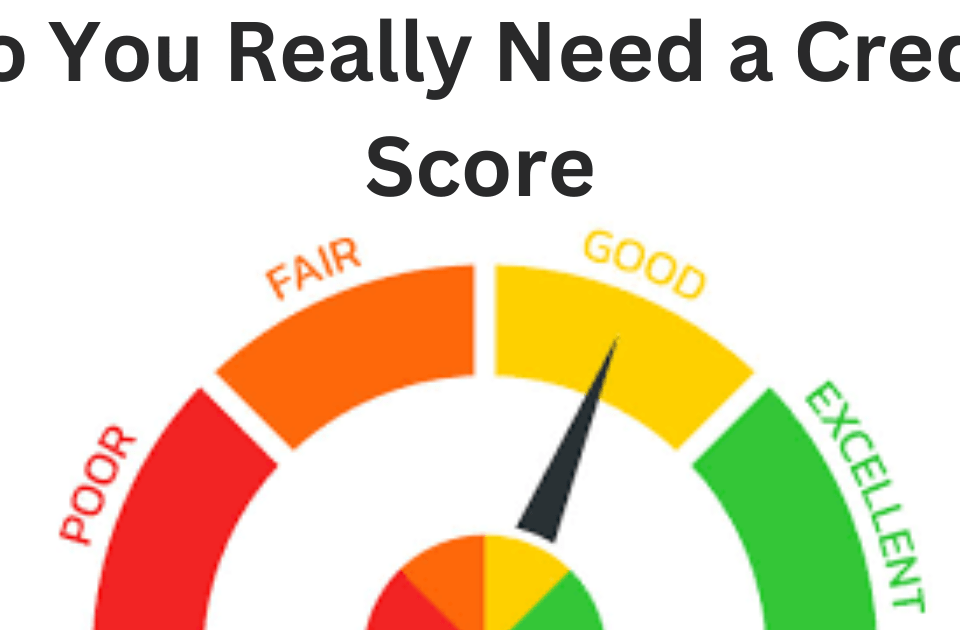Overdraft Protection

New FICO® Score: What You Need to Know About the Credit Scoring System in 2020
March 11, 2021
Paying Taxes as a Freelancer
March 11, 2021Overdraft protection helps protect you from overdrafts that occur if the money you have in your checking account is not enough for covering a transaction like a debit card or check transaction. An overdraft can lead to fees or declined transactions like purchases using your debit card.
Options for overdraft may differ by the bank but there are several options for you to choose from, including the following:
Overdraft Protection
Many people financial institutions provide customers additional services for overdraft protection.
If you got a savings account and checking account at the same bank, there are banks that let you link these two accounts. Once you overdraw the checking accounts, the funds will be automatically transferred from your savings as a possible means of covering the overdraft. There might also be fees associated with fund transfer to checking from savings depending on the specific financial institution.
One more option that most banks offer is the overdraft protection line of credit. Here, during the application and approval of the customer’s line of credit, the funds from the line could be transferred to the checking account of the customer to help in covering overdrafts as needed.
Most lines come with a credit limit and this means that you will only be able to borrow up to a particular amount that helps cover overdrafts, with the interest charged on the unpaid balance on the end of every statement cycle. On top of that, there might also be associated fees with money transfer to the checking account from the line of credit to help in covering an overdraft.
Courtesy Overdraft Protection
In most banks, if you open a checking account, you got the option to opt in or out of the Courtesy Overdraft for daily debit and ATM card transactions.
Once you opt-in, it is the discretion of your bank to pay and authorize transactions that are made against your account even if its funds are not sufficient. If it happens, there is a chance that you will be charged an overdraft fee that can range from $30 up to $50, which depends on your specific financial institution.
The amount charged by your bank will be added to the account management that you will receive upon opening your account. Opting in to Courtesy Overdraft Protection won’t charge you anything.
On the other hand, when you opt out, your everyday debit and ATM card transactions are going to be declined if your account doesn’t have enough funds during the time of the transaction. Most of the time, based on your specific financial institution, you are going to incur an NSF or non-sufficient funds fee upon overdrawing your account.
What is the Best Overdraft Protection for You?
You might be better off with a courtesy overdraft protection if you don’t have a savings account or if you are not qualified for overdraft protection line of credit. If you are qualified for a line of credit or you got a savings account, these two choices provide the cheapest form of protection.




